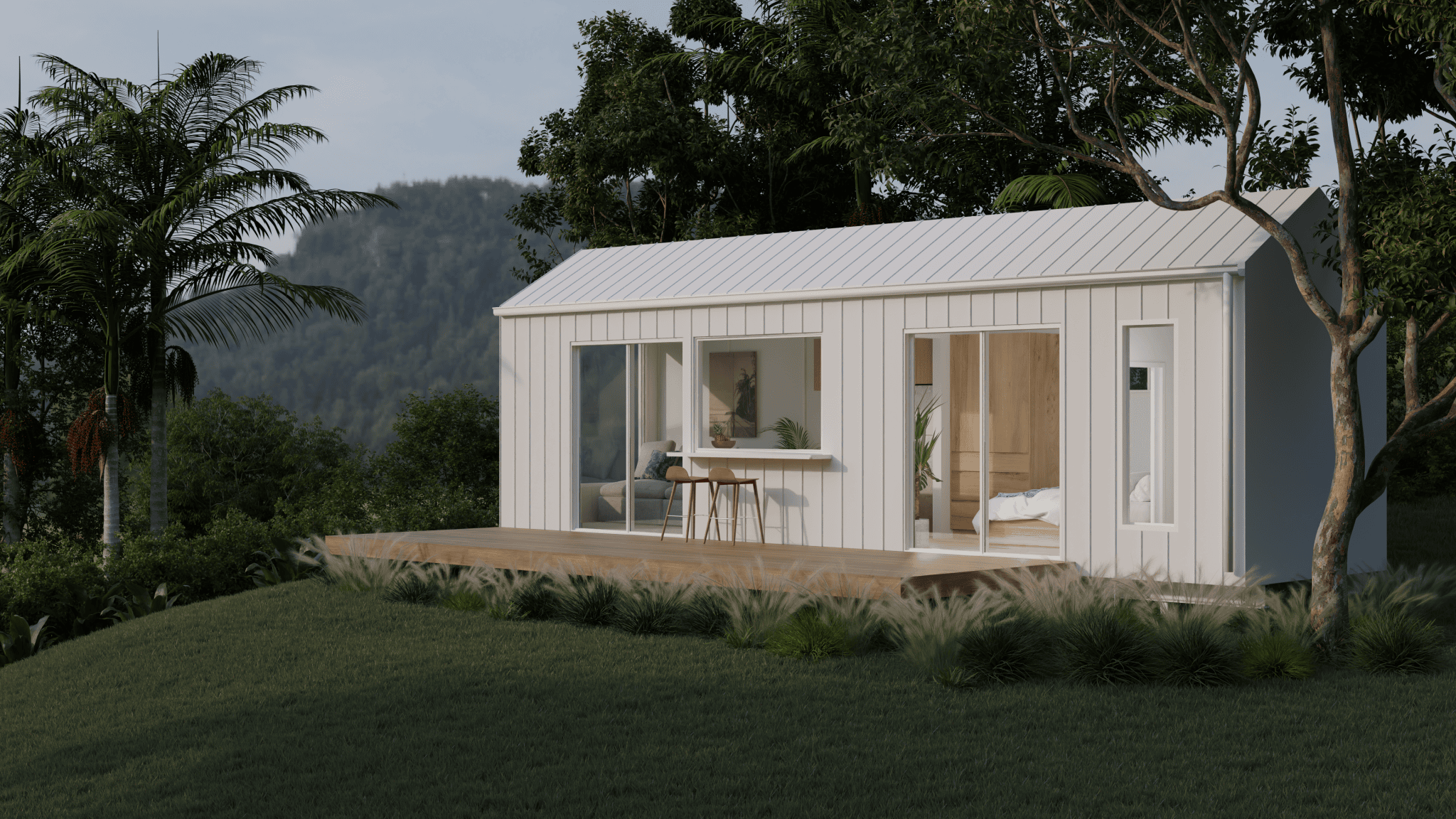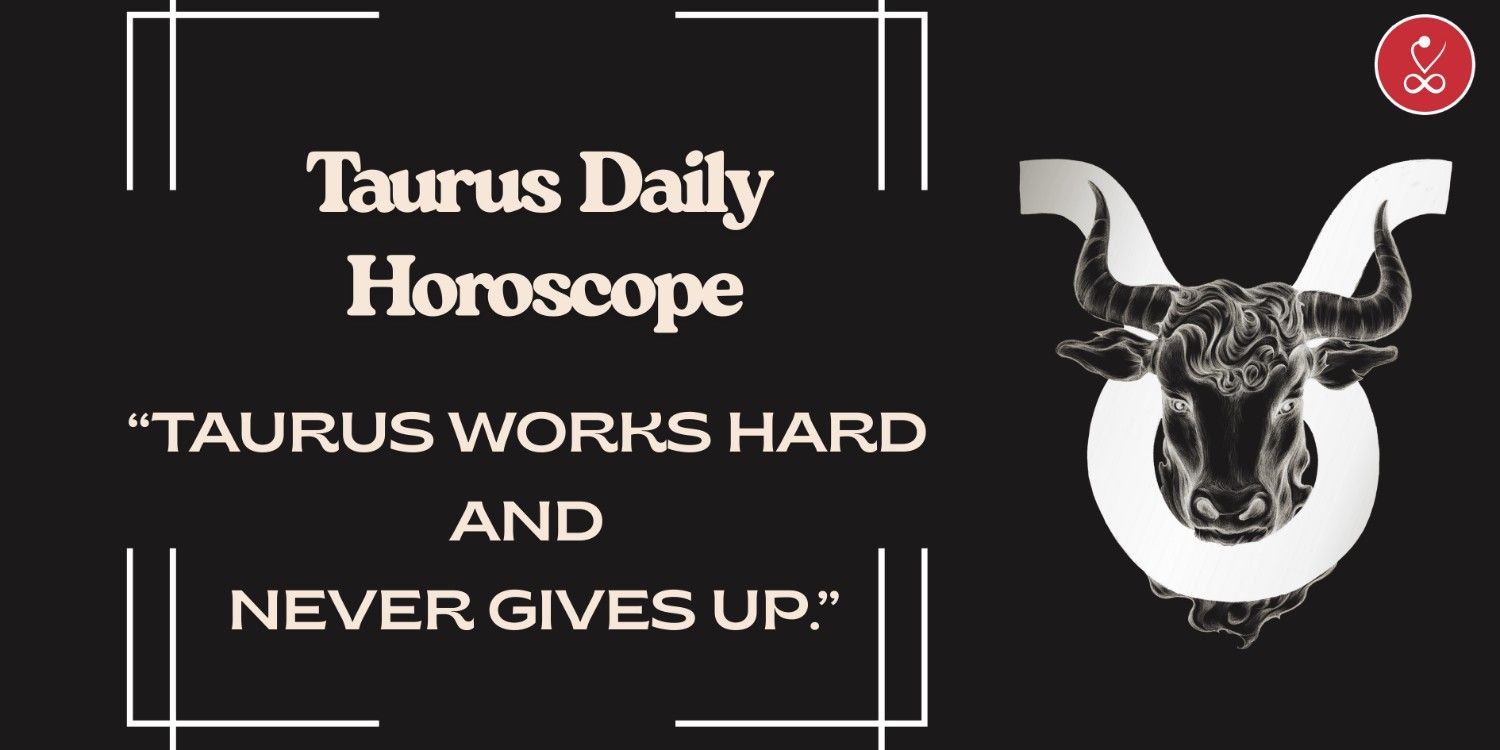Australia, with its vast landscapes, vibrant cities, and commitment to environmental stewardship, is an ideal setting for the burgeoning tiny house movement. From the coastal charm of Byron Bay to the urban sophistication of Melbourne and the outback serenity of Alice Springs, tiny houses—compact dwellings typically under 800 square feet—are gaining popularity as an affordable, eco-friendly alternative to traditional homes. As housing affordability becomes a pressing issue and sustainability takes center stage, tiny houses offer a minimalist lifestyle that resonates with Australia’s diverse culture and natural beauty. In this blog, we’ll explore the appeal of tiny houses across Australia, their benefits, challenges, and practical considerations, complete with a conclusion and FAQs to guide aspiring tiny house owners.
Why Tiny Houses Are Booming in Australia
Australia’s allure lies in its diverse geography and lifestyle, from bustling urban centers like Sydney and Brisbane to serene coastal and rural regions like Margaret River and the Blue Mountains. However, with median house prices in major cities like Sydney exceeding $1.4 million and even regional areas becoming less affordable, homeownership is increasingly out of reach for many Australians. Tiny houses provide a cost-effective solution, allowing people to live in desirable areas without the financial strain of a traditional home. These homes align with Australia’s growing eco-conscious ethos, as communities nationwide embrace sustainable practices to preserve the country’s unique ecosystems.
Australia’s varied climates—from tropical in the Northern Territory to temperate in Victoria—support tiny house designs tailored to local conditions, incorporating features like solar panels, cross-ventilation, and rainwater harvesting. Tiny houses appeal to a wide audience, including young professionals, retirees, digital nomads, and eco-enthusiasts seeking a simpler, more intentional lifestyle. Whether parked in suburban backyards in Adelaide or rural plots in Tasmania, tiny houses offer flexibility in a country where space and affordability are increasingly valued, making Australia a thriving hub for this movement.
Benefits of Tiny House Living in Australia
Tiny houses offer numerous advantages that align with Australia’s diverse lifestyles and values:
- Affordability: Tiny houses are significantly cheaper than traditional homes, with costs ranging from $50,000 to $150,000, making homeownership or independent living more accessible in Australia’s pricey property market.
- Sustainability: These homes minimize environmental impact through energy-efficient designs, sustainable materials, and off-grid options like solar power and composting toilets, ideal for Australia’s abundant sunshine and focus on green living.
- Minimalism: Tiny living promotes a clutter-free, intentional lifestyle, freeing up time and resources to enjoy Australia’s beaches, national parks, and cultural events like the Sydney Festival or Vivid Melbourne.
- Flexibility: Mobile tiny houses on wheels allow residents to relocate across Australia’s vast terrain, perfect for exploring regions from the Great Ocean Road to the Red Centre.
These benefits make tiny houses an attractive option for those seeking a sustainable, affordable lifestyle across Australia’s diverse landscapes.
What Tiny House Life Looks Like in Australia
Imagine waking up in a sleek, modern tiny house nestled in a coastal corner of Byron Bay or a tranquil plot in the Yarra Valley. Inside, a loft bedroom, compact kitchen, and cozy living area maximize space, while a veranda or deck offers a spot for morning coffee or evening stargazing. This is the reality for many tiny house owners across Australia, who work with local builders like Häuslein Tiny House Co, Aussie Tiny Houses, or Tiny House Queensland to create homes tailored to their needs. Custom-built tiny homes in Australia might be parked on private land in suburbs like Fremantle or rural areas like Kangaroo Valley, offering a balance of urban access and natural serenity. These homes often feature eco-friendly elements like solar panels, rainwater tanks, and cross-ventilation to suit Australia’s varied climates, from humid tropics to arid deserts. Residents personalize their spaces with fold-out furniture, native plant gardens, or outdoor showers, reflecting Australia’s blend of modern innovation and connection to nature. Many tiny houses serve as holiday rentals, generating income, while others are permanent residences or seasonal retreats for those drawn to Australia’s diverse regions.
Practical Considerations for Tiny Houses in Australia
Before embracing tiny house living in Australia, several practical factors need consideration:
- Regulations: Tiny house regulations vary by state and territory. In most regions, tiny houses on wheels are classified as caravans, requiring council approval for long-term parking. Permanent tiny houses must comply with local building codes and zoning laws, overseen by councils like Brisbane City Council or Byron Shire Council.
- Land Access: Securing a place to park or build a tiny house is a key challenge. Options include renting land, purchasing a small plot, or joining a tiny house community. Rural areas like the Yarra Valley or Atherton Tablelands are often more affordable than urban centers like Sydney or Melbourne.
- Utilities: Off-grid solutions like solar power, rainwater tanks, and composting toilets are popular, especially in rural settings. Urban tiny houses may connect to mains power, water, and sewage, with features like insulation or ventilation to suit local climates.
- Maintenance: Tiny houses require regular care to prevent moisture buildup and ensure durability, particularly in Australia’s diverse climates, from humid coastal regions to dry outback areas.
Engaging with experienced builders or consultants can help navigate these considerations, ensuring compliance and a smooth transition to tiny house living.
Challenges of Tiny House Living
Tiny house living presents challenges that require careful planning. Navigating regulations can be complex, as local councils across Australia impose varying rules on where tiny houses can be placed. Land access, while more affordable than urban housing, remains a hurdle in high-demand areas like Bondi or St Kilda. The shift to a smaller space demands a mindset change—downsizing possessions and adjusting to limited storage can be daunting for those accustomed to larger homes.
Socially, tiny houses may not suit large families or frequent entertainers, though Australia’s abundance of cafes, beaches, and community spaces helps mitigate this. Maintenance is another consideration—regular checks on insulation, solar systems, or mobile components are necessary to protect against Australia’s variable climates and ensure structural integrity.
Exploring Tiny House Communities in Australia
Australia is seeing the emergence of tiny house communities, particularly in rural areas like the Yarra Valley, Scenic Rim, and Margaret River. These communities provide shared resources such as gardens, workshops, or communal spaces, fostering a collaborative, sustainable lifestyle. Joining a community can alleviate challenges like land access and isolation, offering a supportive network for new tiny house owners.
These communities resonate with Australia’s community-oriented, eco-focused culture, providing a balance of independence and connection in a country that celebrates its natural beauty and diverse lifestyles.
Conclusion
Tiny houses in Australia offer a sustainable, affordable alternative to traditional housing, perfectly suited to the country’s vibrant, eco-conscious spirit. They embody values of minimalism, environmental stewardship, and flexibility, making them a natural fit for Australia’s urban centers and rural landscapes. While challenges like regulations and land access require careful planning, the rewards—financial freedom, a reduced environmental footprint, and a simpler lifestyle—are profound. Whether you’re a young professional, a retiree, or an adventurer drawn to Australia’s coasts, outback, or cities, a tiny house could unlock a more intentional, fulfilling life. With the right preparation, this compact lifestyle can thrive across the diverse landscapes of Australia.
FAQs
- Are tiny houses legal in Australia?
Yes, but regulations vary by state and territory. Tiny houses on wheels are often classified as caravans, requiring council approval for long-term parking. Permanent tiny houses must comply with local building and zoning codes. Check with your local council for specifics. - Where can I park or build a tiny house in Australia?
Options include renting land, purchasing a plot, or joining a tiny house community. Rural areas like the Yarra Valley or Atherton Tablelands are often more affordable than urban centers like Sydney or Melbourne. - What utilities are needed for a tiny house in Australia?
Off-grid systems like solar power, rainwater tanks, and composting toilets are common in rural areas. Urban setups may connect to mains power, water, and sewage, with features like insulation or ventilation for local climates. - Are there tiny house communities in Australia?
Yes, emerging communities in rural areas like the Scenic Rim or Margaret River offer shared spaces and support, fostering a collaborative, sustainable lifestyle. - Can I customize a tiny house in Australia?
Absolutely. Builders like Häuslein Tiny House Co or Aussie Tiny Houses offer custom designs, allowing you to tailor your home with features like verandas, eco-friendly systems, or built-in storage to suit Australia’s diverse climates and lifestyles.



